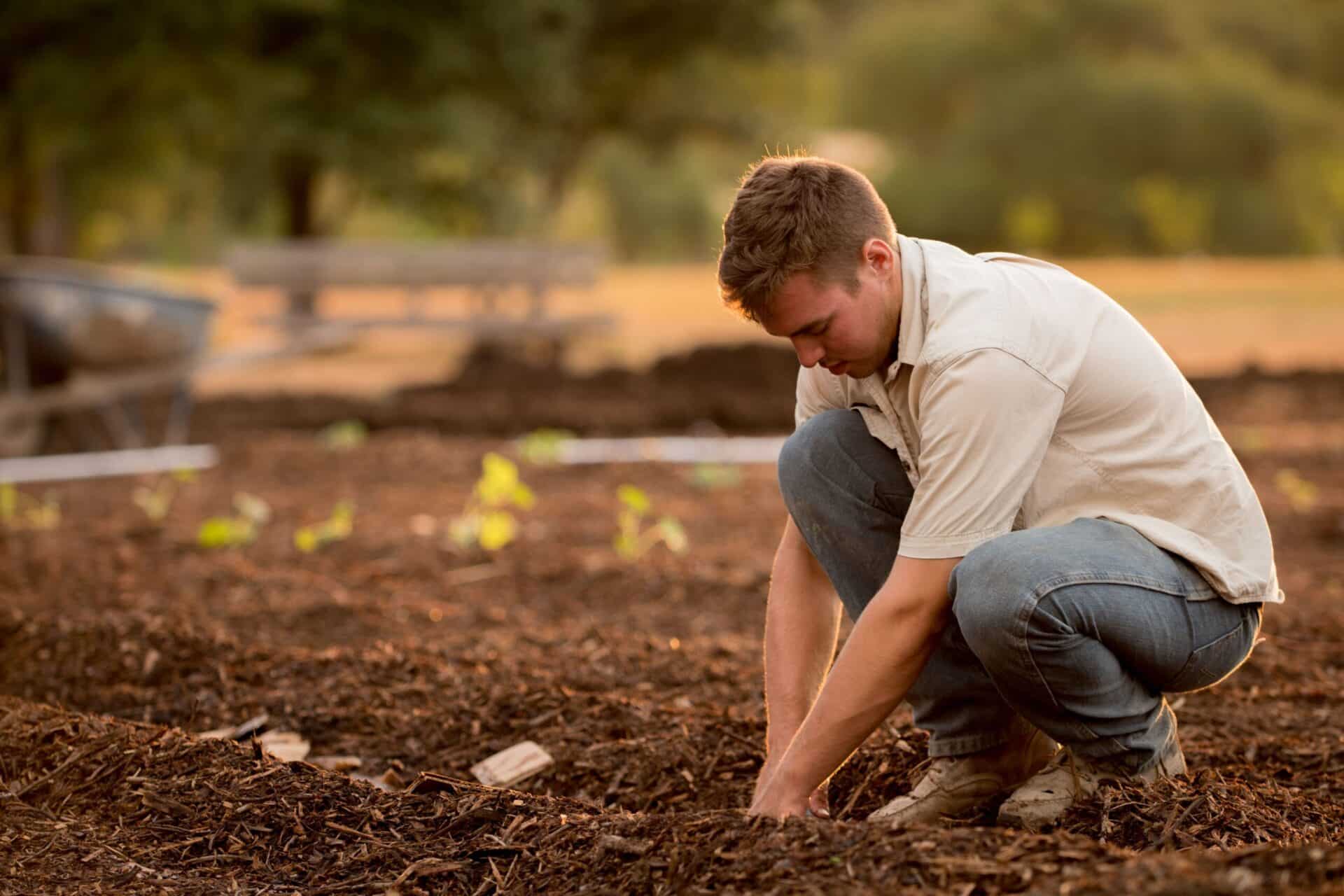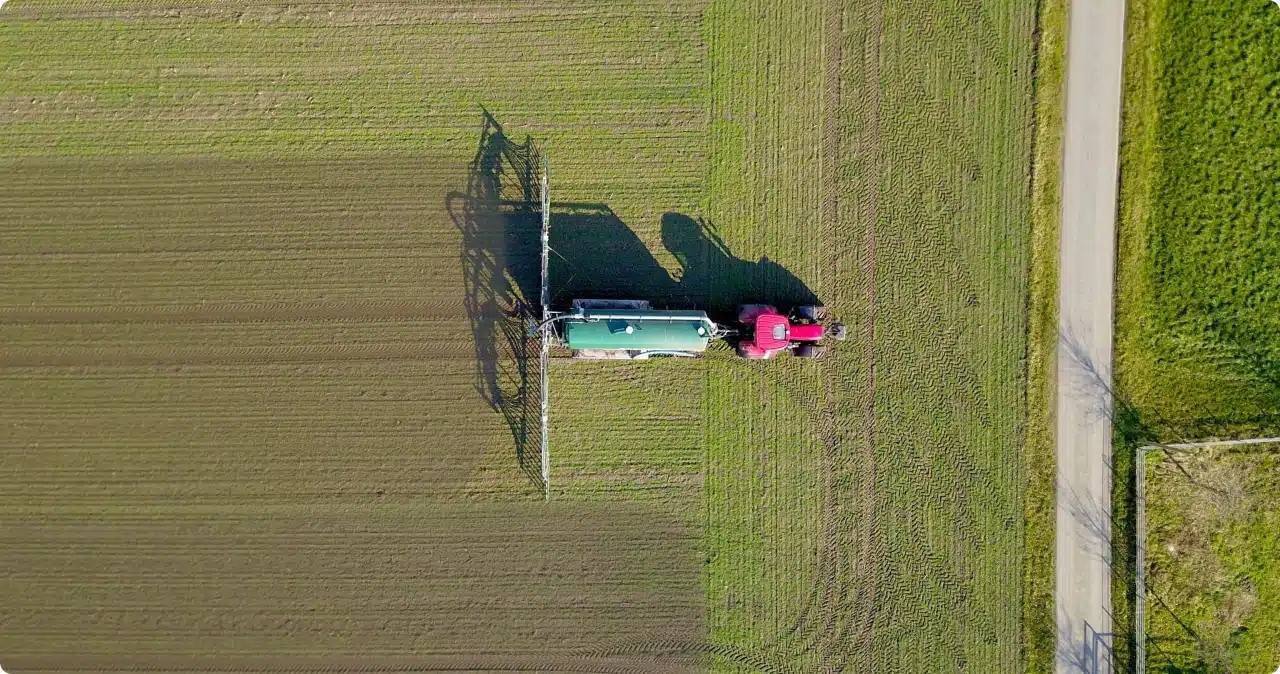

The quality of your data depends on correct usage of the probe and strategic collection of data that gives insights about your field as a whole. The guidelines below promote the best results and the most representative sampling possible in your fields.
The drill-bit, manual probe, or other tool used to make the pre-hole should have a diameter between ⅞ inch and 1 inch.
The pre-hole should have a minimum depth of 6 inches to ensure that the sensors are fully covered by the soil.
The probe should be inserted into the pre-hole with a vertical motion. Avoid moving the probe back and forth while inserting so as not to increase the hole diameter.
If there are any visible gaps between the soil and the probe, cover these manually with surrounding soil. This helps to ensure that no external light affects the probe’s measurements.
Avoid touching the probe while it is collecting a measurement.
Avoid taking two samples that are within 6 inches of each other. The measurement can be impacted if there are other holes in the soil nearby.
The sampling area should be well-drained
Take readings at least several meters from the edge of the field
Collect measurements at mid-slope for fields with significant hills or depressions
Sample away from roads where salts have been thrown
Do not sample during or immediately after an abundant rain
Avoid bands where fertilizer has been directly applied in the last two weeks
Move away from piles of compost, animal manure, or other fertilizers
Do not sample immediately next to a ditch, stream, or other waterway

If you have any questions or issues when using the probe, we are here to help! Please contact our team at support@chrysalabs.com or +1 833-522-7645.